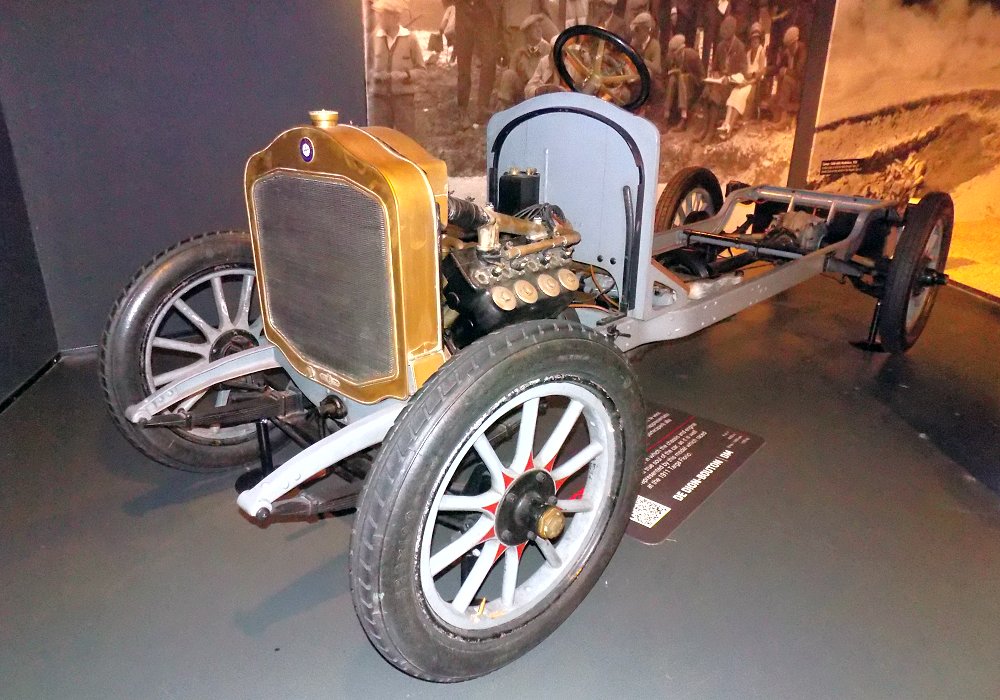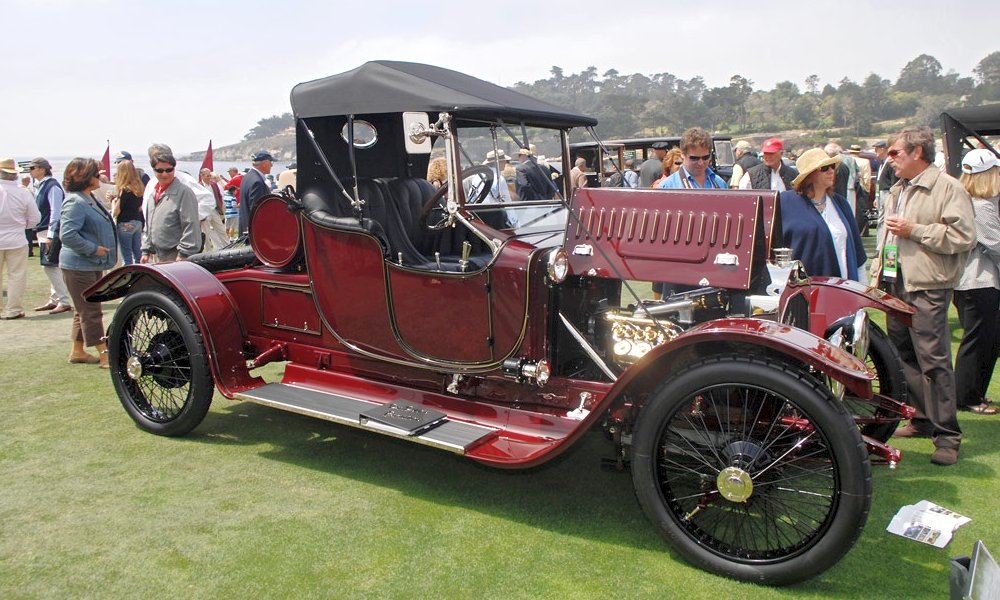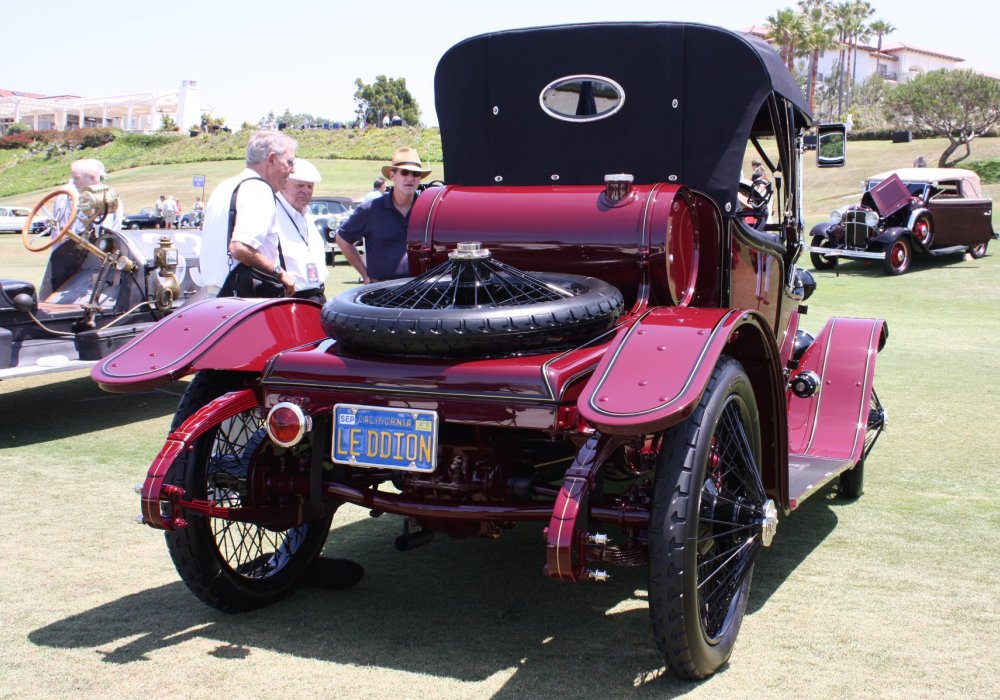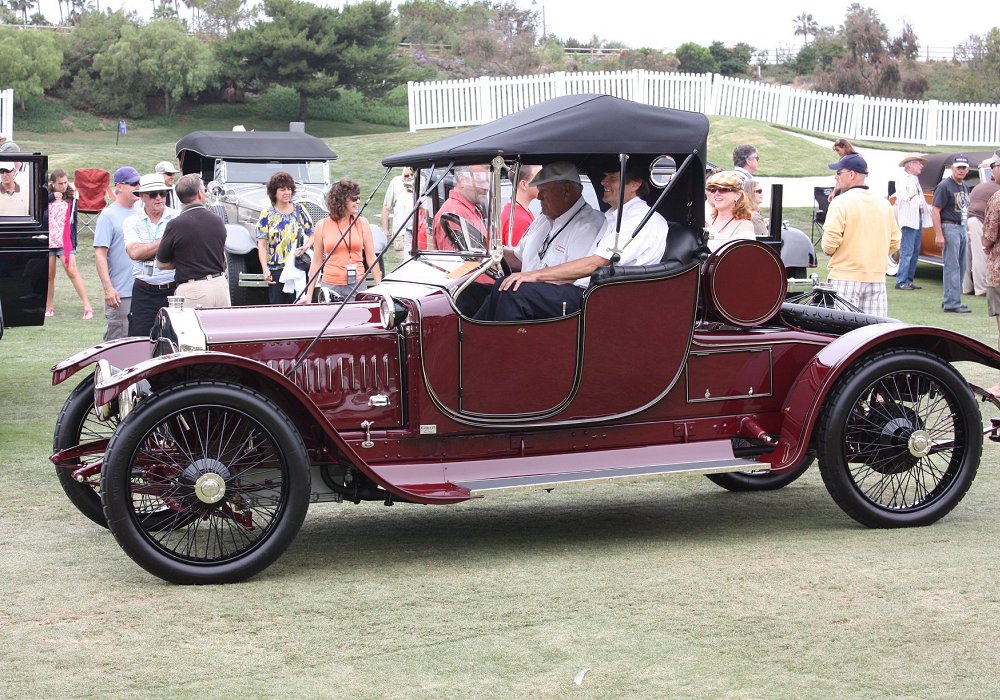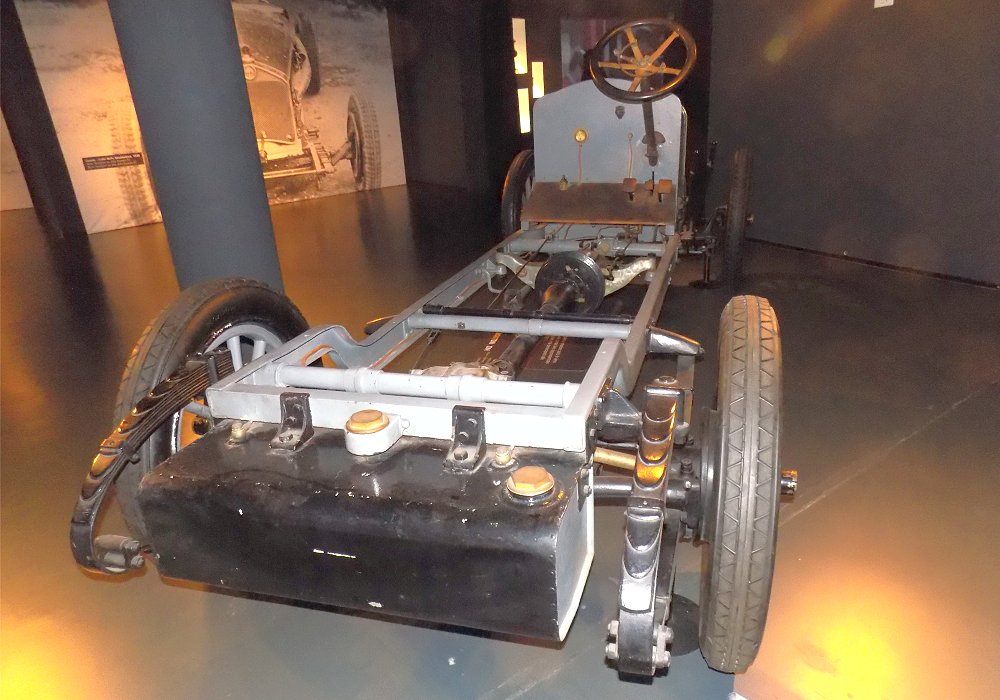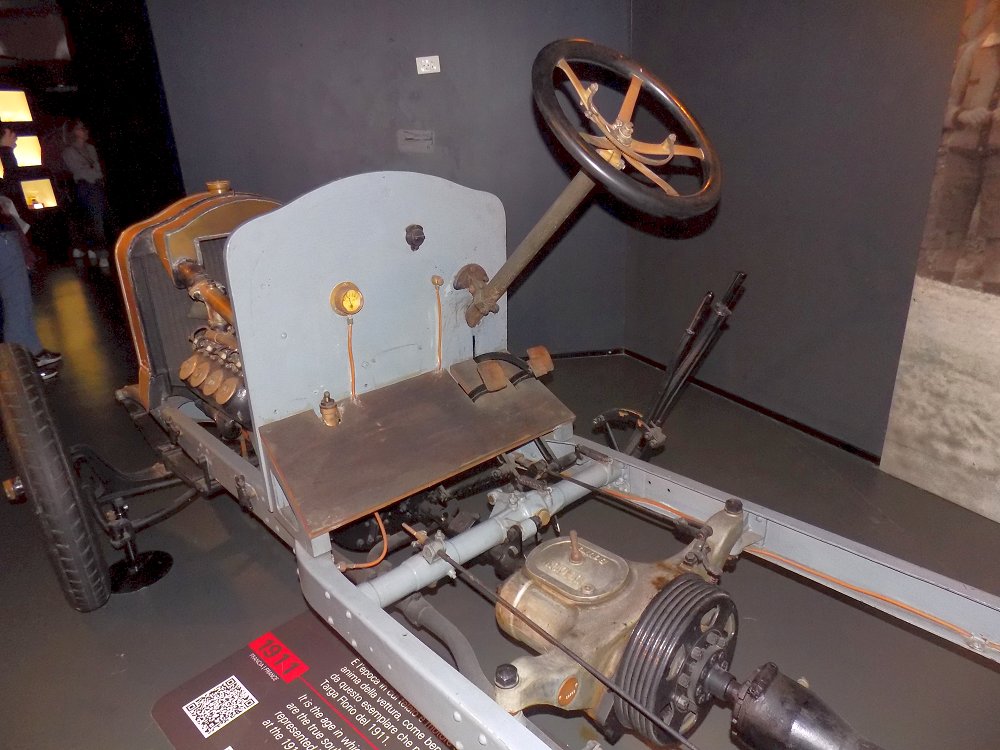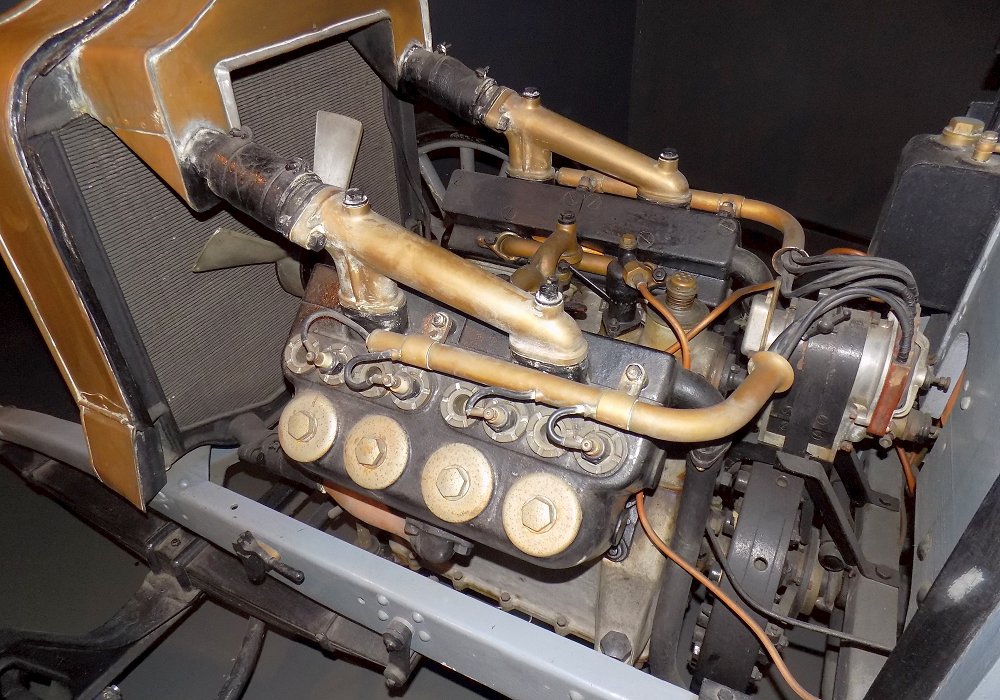Description
The De Dion-Bouton Type DM was a mid-1910s automobile that reflected the company’s continued evolution from light vehicles and quadricycles to more substantial passenger cars. Produced during a period of growing technological maturity and consumer expectations in the automotive world, the Type DM was designed as a reliable, moderately powerful touring car suitable for both personal and professional use.
The car was powered by a four-cylinder petrol engine, mounted at the front in the conventional layout that had become standard by this time. The engine had a displacement of around 2.5 to 3.0 litres, delivering approximately 12 to 16 horsepower, depending on specific tuning and production year. It employed side-valve operation and a water-cooling system, and used magneto ignition, which was considered dependable for touring and long-distance driving. The Type DM was known for its mechanical simplicity and durability, two traits closely associated with De Dion-Bouton’s engineering philosophy.
The drivetrain consisted of a multi-speed manual gearbox—either three or four speeds—connected to the rear wheels via a shaft drive. This was a significant advancement over the chain-drive systems used in earlier models and contributed to smoother operation and lower maintenance requirements. The clutch was typically a cone or multi-disc type, and the gear selector was mounted on the floor between the driver and front passenger.
The chassis was a steel ladder-frame construction, strong enough to support a range of body styles. Customers could choose from open touring bodies such as the Torpedo or Phaeton, or opt for more enclosed configurations like the Coupé or Limousine. The suspension relied on semi-elliptic leaf springs and solid axles front and rear. The braking system included mechanical brakes acting on the rear wheels and often supplemented by a transmission brake, which was operated by a separate pedal or hand lever.
Styling of the Type DM was functional but increasingly refined. The radiator was typically square or slightly rounded, flanked by acetylene or early electric lamps. Bodywork was built either in-house or by independent coachbuilders and was usually finished in sober, dignified colours like dark green, navy blue, or black. The wheels were wooden-spoked artillery types with tall, narrow pneumatic tires, reflecting the car’s role in handling variable road surfaces of the time.
Inside, the cabin was modestly appointed, with seating for four or five depending on the body. Leather upholstery was common in open versions, while enclosed models might feature velvet or wool fabrics and basic wooden trim. Instrumentation was minimal, usually limited to an ammeter, oil pressure gauge, and speedometer, but the vehicle was designed for straightforward and forgiving operation.
The De Dion-Bouton Type DM was not a luxury car in the grand sense, but it was a solid and well-made vehicle that served middle- and upper-middle-class buyers well. It was appreciated for its balanced performance, good reliability, and reasonable operating costs. It found use as a touring car, town car, or even a light taxi in urban centres.
Today, the Type DM is a rare but appreciated example of De Dion-Bouton’s transitional period—from its early role as a pioneer in lightweight motorised transport to its ambitions in the mainstream car market. Surviving examples are occasionally seen in historic motoring events and rallies, where their understated engineering and period charm are celebrated by enthusiasts and collectors alike.
